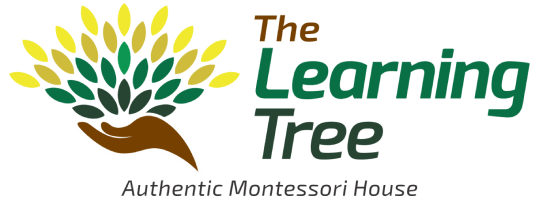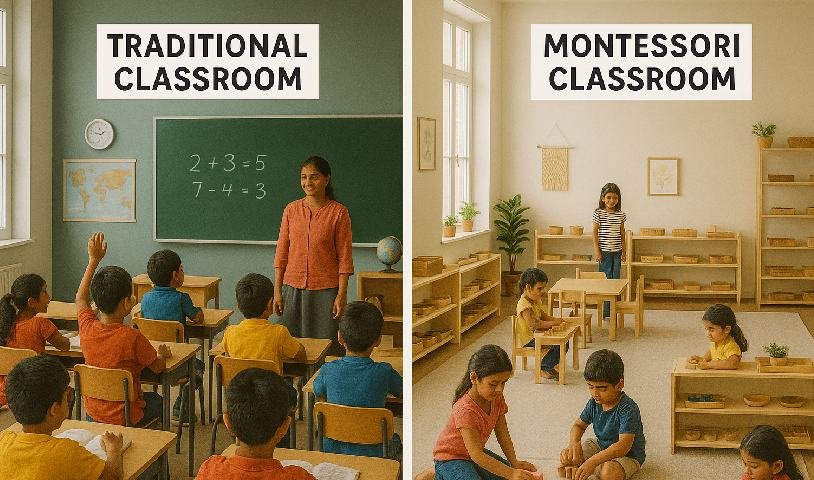6. Social Development: Mixed Ages vs Same Age
- Montessori: Classes often include a mix of ages (typically 3-year age spans), encouraging peer-to-peer learning, leadership, and collaboration.
- Traditional Education:Students are grouped by age, with less opportunity for mentoring or learning from older/younger peers.
7. Focus: Whole Child vs Academic Achievement
- Montessori: Emphasizes the development of the whole child—including emotional, social, physical, and cognitive growth.
- Traditional Education: Primarily focused on academic achievement, test scores, and meeting curriculum standards.
Final Thoughts
Both Montessori and traditional education have their strengths, but they cater to different learning styles and values. Montessori education may be a better fit for children who thrive with independence, hands-on learning, and a more personalized approach. Traditional education may suit those who do well with structure, routine, and a more direct style of teaching. The best choice depends on your child’s personality, learning preferences, and the kind of foundation you want them to have.


Comments are closed